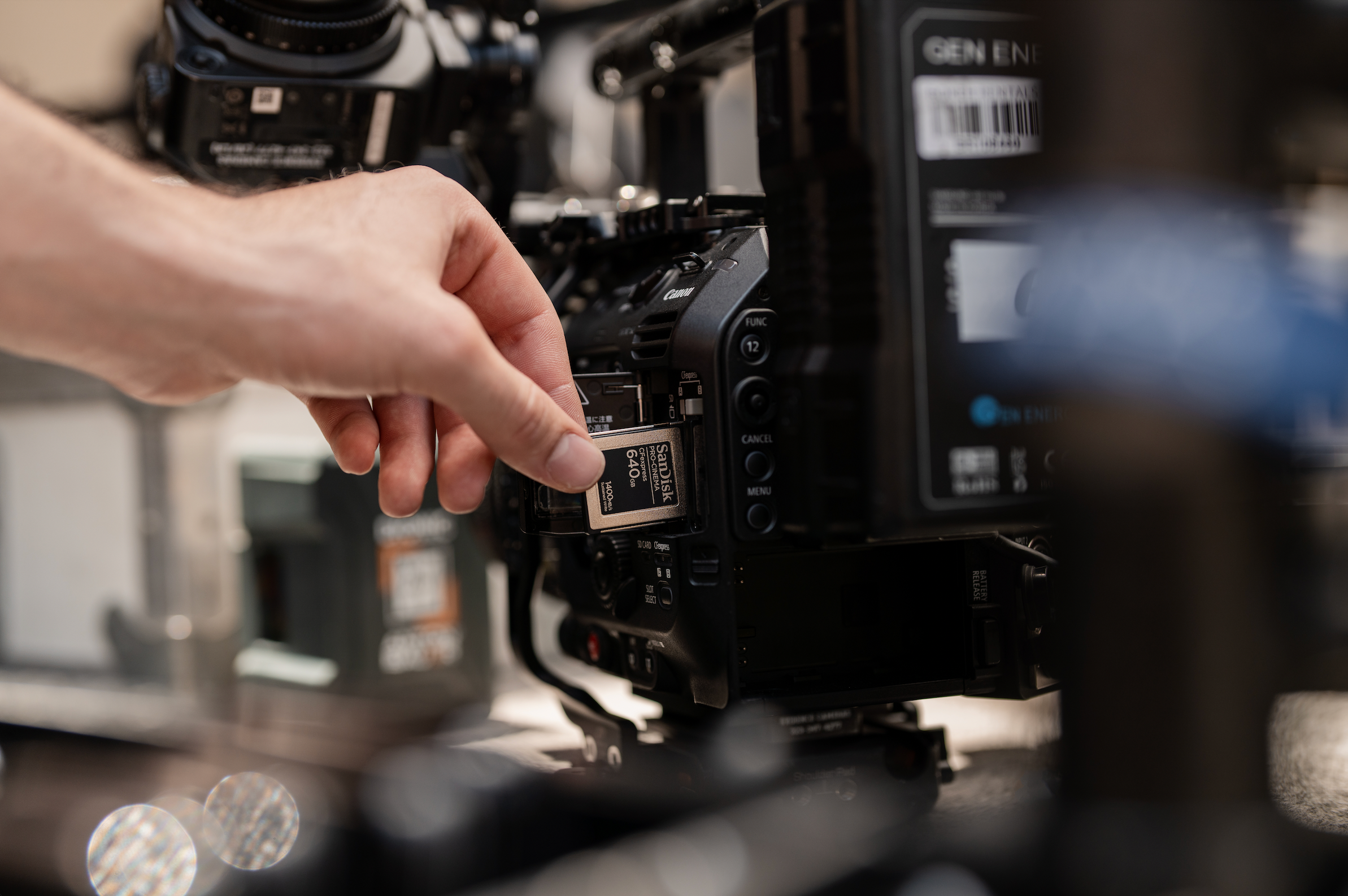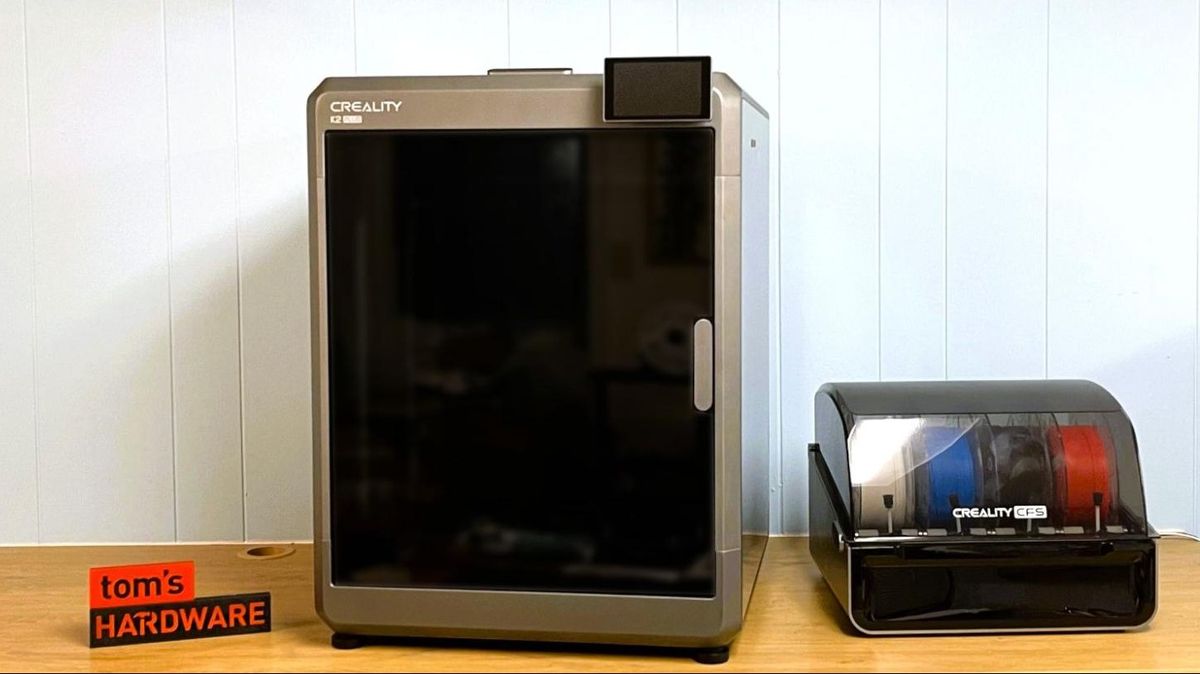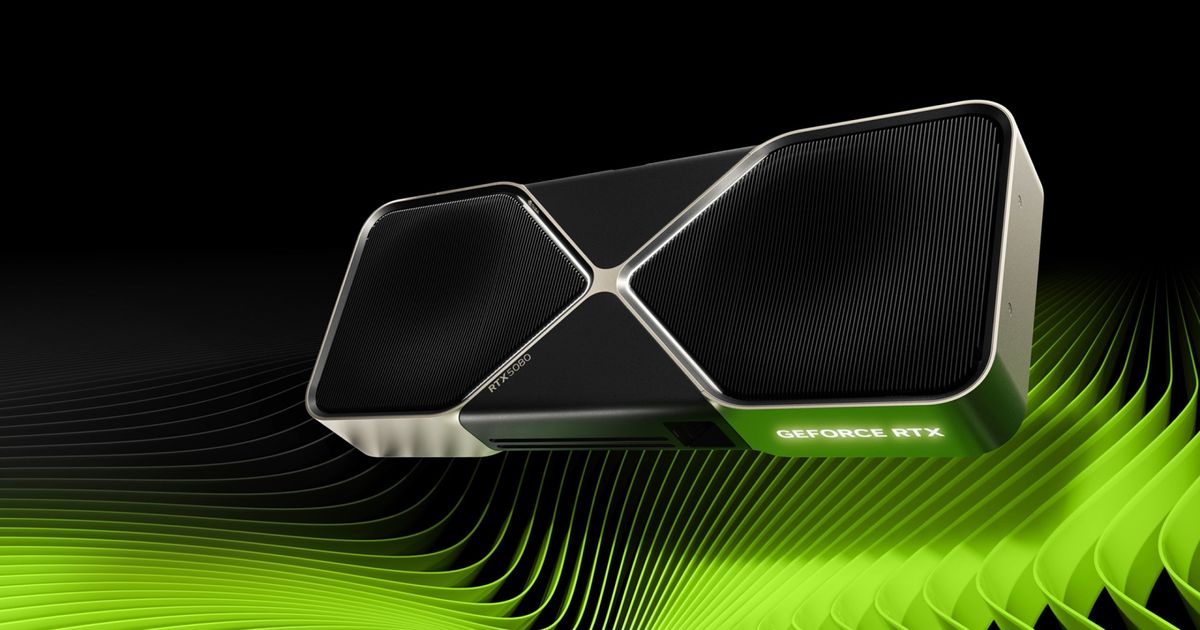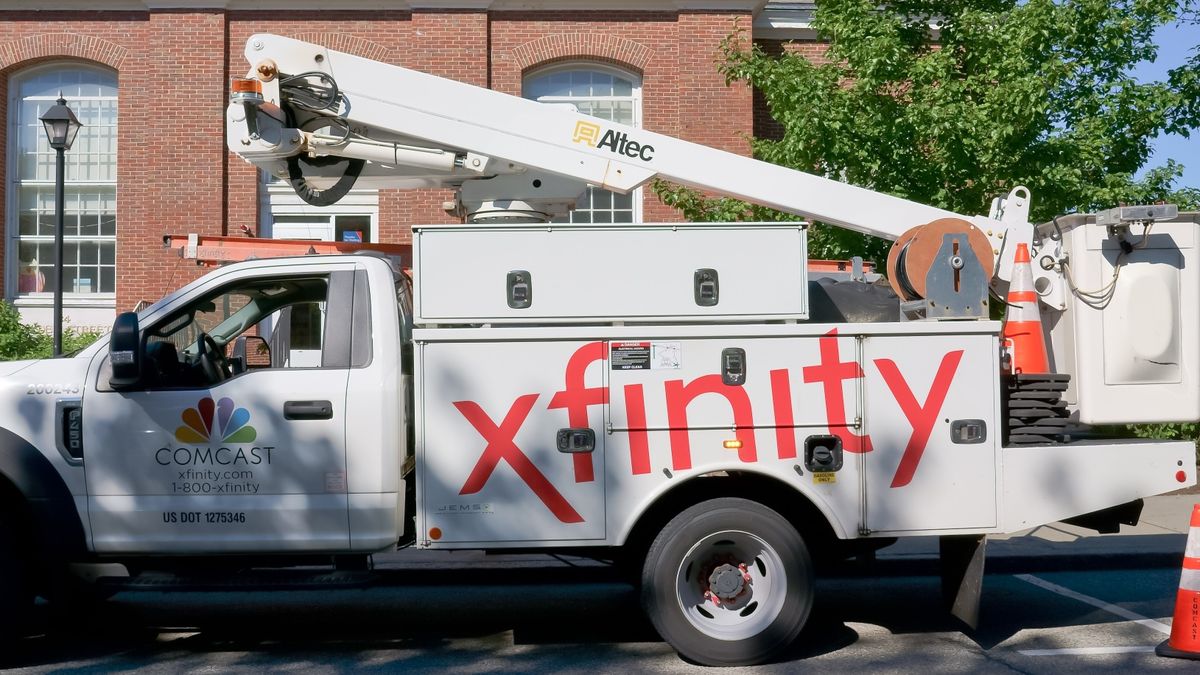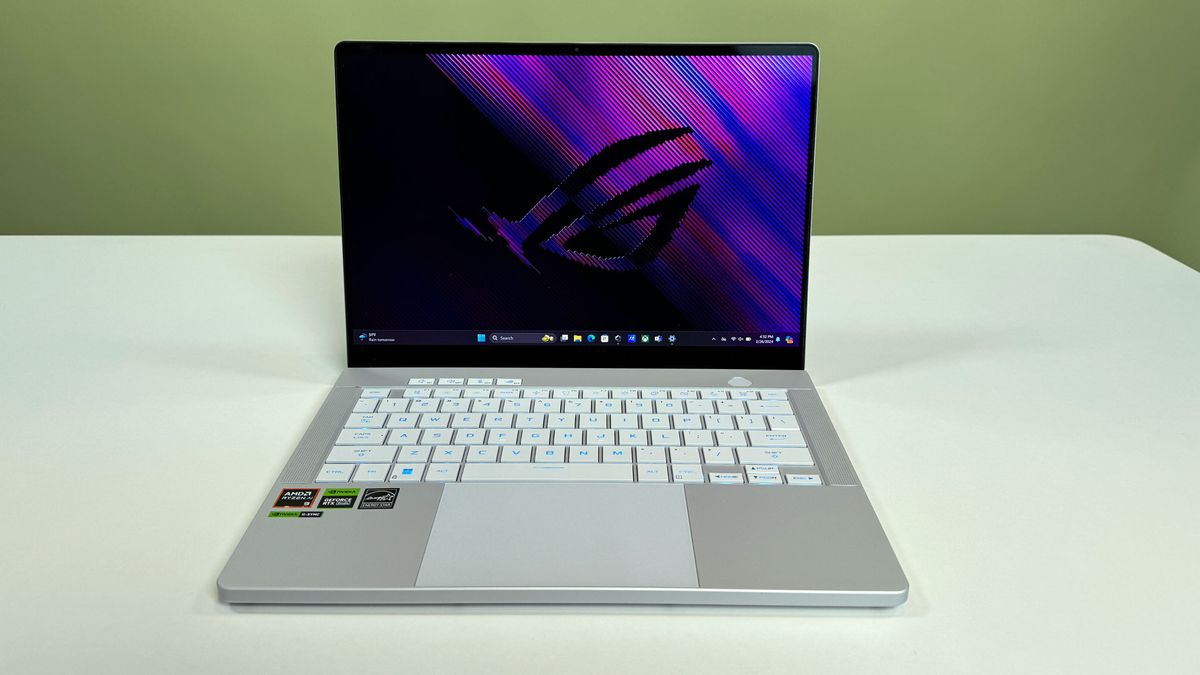I’ve used a lot of power banks, but the Baseus Blade Pro is the only one slim enough for my laptop sleeve
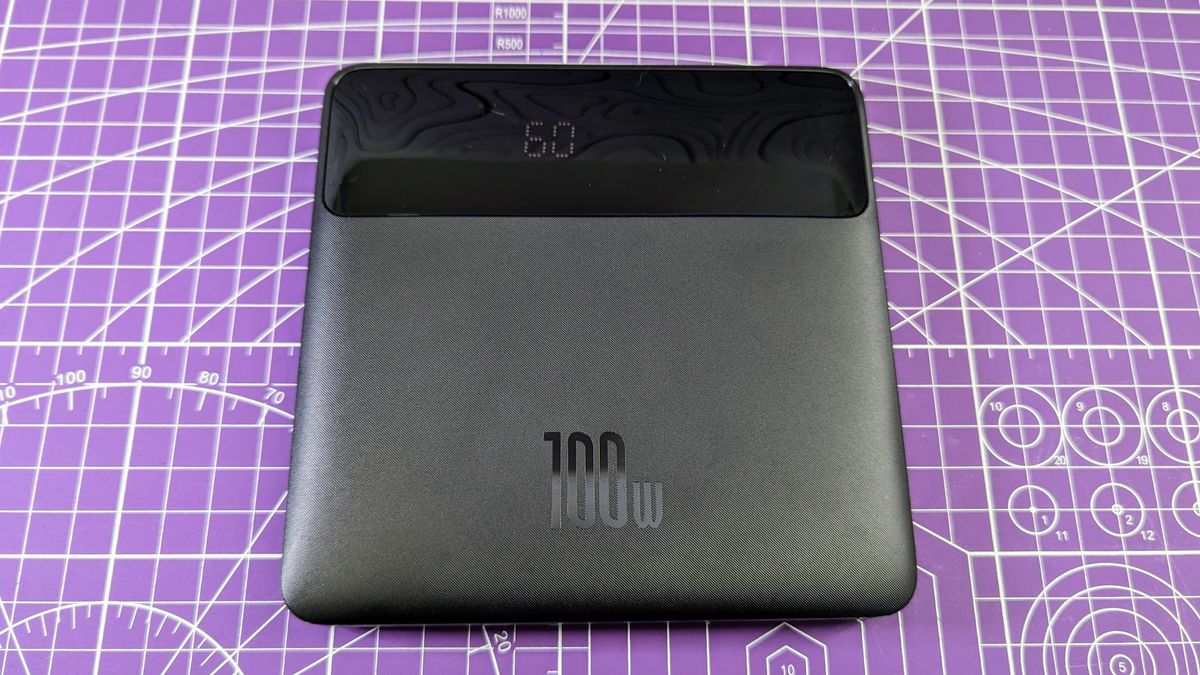
The 20,000mAh (74Wh) Baseus Blade Pro is perfect for slipping into a laptop bag where other power banks are too thick or the wrong shape. It’s also capable of fast charging at up to 100W, gets great efficiency, and has a detailed display and supports pass-through charging.
Pros
- +
Excellent efficiency
- +
Informative display
- +
Pass-through charging
Cons
- -
It runs hot at full power
- -
Slim but large overall
- -
Scratches easily
Why you can trust TechRadar We spend hours testing every product or service we review, so you can be sure you’re buying the best. Find out more about how we test.
Baseus Blade Pro power bank review
While an excellent power bank for many reasons, the Baseus Blade Pro really stands out for its skinny form factor, combined with a large 20,000mAh (74Wh) capacity and beefy 100W (20V, 5A) output. There are very few such power banks that can slot into a laptop sleeve, yet still offer fast charging, making this my favorite option when traveling light.
I also think the Blade Pro is a great option for phone charging if you need to do multiple top-ups, and the slim form works well in a backpack too. That said, at 13.4 x 13.4 x 2.0 cm (5.3 x 5.3 x 0.8 inches), it's definitely too large to fit in most pockets comfortably. The exception to this is bulky winter wear, and I have used it to power a heated jacket in icy weather when traveling.
The Blade Pro has two USB-C ports that can each output 100W, though if both are used at the same time, they're limited to 65W and 35W respectively. The two USB-A ports can do 30W (12V, 2.5A) or 27W at 9V, 3A. While charging three devices is totally fine, plugging in four means all ports are limited to just 5V output, which results in much slower charging, and won't charge most laptops.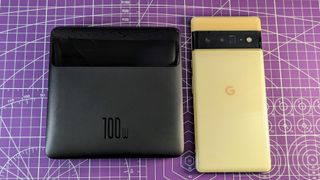
Charging the Blade Pro via either USB-C port happens at up to 60W and takes about 1 hour and 15 minutes to reach full capacity. With a 65W or higher charger, the power bank also supports pass-through charging, so you can charge the power bank and another device at the same time. This means you can plug the power bank between your laptop and its USB-C charger, and charge both at once without needing to swap any cables once it is done.
You also get a low-current charge mode for smaller accessories like headphones (which stops the power bank from turning off when charging devices that only need a little bit of power), along with a fantastic display that shows the voltage, current and remaining runtime while charging.
At 440g (15.5 ounces) the Blade Pro is quite lightweight for the size, but the flat shape means it's slightly larger in total volume than the smallest power banks with comparable capacity. In my opinion, this is more than offset by the slim design, which makes it feel much less bulky.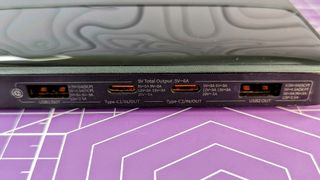
I conduct comprehensive testing of power banks to make sure they can meet the manufacturer's claims, as many don't actually do what they say they will. Overall, the Blade Pro gives excellent results that earn it a place in our best power banks guide.
The 20,000mAh (74Wh) capacity is enough to bring typical laptops back to a full charge (or at least hit 70% for those with large batteries), or charge a phone three to four times over, depending on the model.
In testing, when outputting the full 100W for a sustained period of time, the Blade will slow down the charge rate to make sure its cells stay healthy long term. In our real-world testing with a high-power 100W laptop (which typically averages slightly under 100W), this protection feature didn’t kick in.
That said, with sustained high output, the Blade Pro does generate some waste heat (which is totally normal), so you'll get the best performance if it's not left in a bag when charging a laptop. If you’re just charging a phone though, it stays very cool and can be tucked away.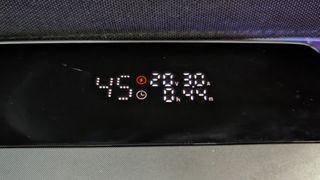
The only other things I can fault the Blade Pro for are that it tends to pick up scratches easily, and after months of pulling it in and out of my bag, it has lost one of the little rubber feet.
If buying the Blade Pro, keep in mind that it is often sold for as little as half the list price when on sale, and is generally much cheaper than the prices listed below.
Also watch out for the older (non-Pro) Blade model, as they look very similar. The older Blade is a great power bank (and a good buy if discounted), and it has the same features and outputs as the Pro, but be aware it’s larger overall and uses an older cell chemistry.
All in all, no matter which model you go for, the Blade Pro is ideal for slipping into a bag to charge a laptop and other devices.
Baseus Blade Pro: Price & specs
Swipe to scroll horizontally
List Price | $79.99 / £79.99 / AU$169.99 |
Capacity | 20,000 mAh (74 Wh) |
Total Wattage | 100W |
Single Port Wattage | 100W |
Number of Ports | 4 |
USB-C | 2x in/out |
USB-A | 2 ports |
Dimensions | 13.4 x 13.4 x 2.0cm (5.3 x 5.3 x 0.8 in) |
Weight | 440g (15.5 ounces) |
Phone charges | 2 to 4 times |
Laptop charges | 0.5 to 1 time |
Baseus Blade Pro: Test results
If all these numbers don't mean much to you, I have included scores out of 5 for each test result so you can see how it fared at a glance.
At phone-charging rates (20W / 9V / 2.22A), the Blade Pro delivers an outstanding 91.55% of its rated capacity. At 20V and typical laptop charging rates, performance is even better, hitting 93% of the rated capacity.
During testing under a sustained 100W (20V, 5A) load, the Blade Pro will usually renegotiate the output at 65W (20V, 3.25A) once the remaining capacity drops to somewhere between 50% and 30%, mainly to manage heat. At these higher sustained loads, efficiency takes a noticeable hit, and around 54.7Wh (76%) of the rated 74Wh ends up being usable.
This might seem like a concern, but it isn't a problem for normal use. But if you do need a power bank that can output the full 100W for the entire capacity, then consider a model like the Anker 737 or the ZMI No.20 – both of which can sustain their full output.
Swipe to scroll horizontally
10W (5V, 2A) | 65.3Wh | 88% | 4 / 5 |
20W (9V, 2.22A) | 67.8Wh | 92% | 4.5 / 5 |
30W (20V, 1.5A) | 68.8Wh | 93% | 4.5 / 5 |
100W (20V, 5A) | 54.6Wh | 76% | 3 / 5 |
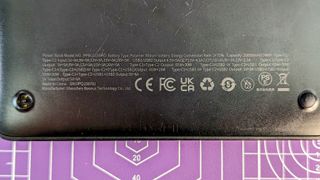
Should I buy the Baseus Blade Pro?
Buy it if...
You love the form factor
The Blade Pro is one of only a select few power banks that is both slim and high output.
You want pass-through charging
The Blade Pro will pass through up to 60W, charging itself and your device at the same time.
You want to watch charge rates in real time
The Blade Pro gives detailed information about the voltages and amperages for each port, making it easy to tell exactly how fast your device is charging.
Don't buy it if...
You need dual 100W output
If both USB-C ports are in use, the Blade Pro limits the outputs to 65W and 35W.
You want to draw 100W continuously
The Blade Pro runs hot and efficiency drops at sustained high output.
You want the smallest power bank possible
While only 2cm (0.8 inches) thick, this 13.4cm x 13.4cm (5.3 x 5.3 inches) slab of power bank isn’t suited for slipping into a pocket.
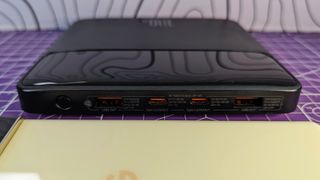
Also consider
The Baseus Blade Pro is one of the best slim yet high output power banks available, but below are a few other options if you are looking for something different.
ZMI No.20
This power bank uses premium components, has a large 25,000mAh (90Wh) capacity and can fast charge anything from a phone to a laptop at up to 100W.
Read our full ZMI No.20 review
Anker 737 (PowerCore 24K)
A high-end alternative with a more detailed display, a 140W output, and a love-it-or-hate-it squarish form factor.
Read our full Anker 737 power bank review
Iniu B6 power bank
Need something easy to carry? With 20W fast-charge capability and a 10,000mAh (37Wh) capacity, the Iniu B6 is the perfect low-cost power bank to slip into your bag when on the go.
Read our full Iniu B6 power bank review
How I test power banks
I get hands-on with every power bank I can, and perform extensive testing in both the lab and real-world scenarios. Using equipment like the ChargerLab POWER-Z KM003C, I check charge voltage, protocol support, and log capacity tests.
Each power bank is also tested with real devices, including phones, tablets, laptops, and more, as well as connected to a programmable load tester for multiple charge cycles. I carry a selection daily in both pockets and bags to assess their durability and ability to withstand rough, everyday use.
All measurements and weights are personally verified, ensuring accuracy beyond the manufacturer’s listings.
Want to know more? Read about how we test.

Senior Writer – TechRadar Australia
Lindsay is an Australian tech journalist who loves nothing more than rigorous product testing and benchmarking. He is especially passionate about portable computing, doing deep dives into the USB-C specification or getting hands on with energy storage, from power banks to off grid systems. In his spare time Lindsay is usually found tinkering with an endless array of projects or exploring the many waterways around Sydney.
You must confirm your public display name before commenting
Please logout and then login again, you will then be prompted to enter your display name.
What's Your Reaction?
 Like
0
Like
0
 Dislike
0
Dislike
0
 Love
0
Love
0
 Funny
0
Funny
0
 Angry
0
Angry
0
 Sad
0
Sad
0
 Wow
0
Wow
0
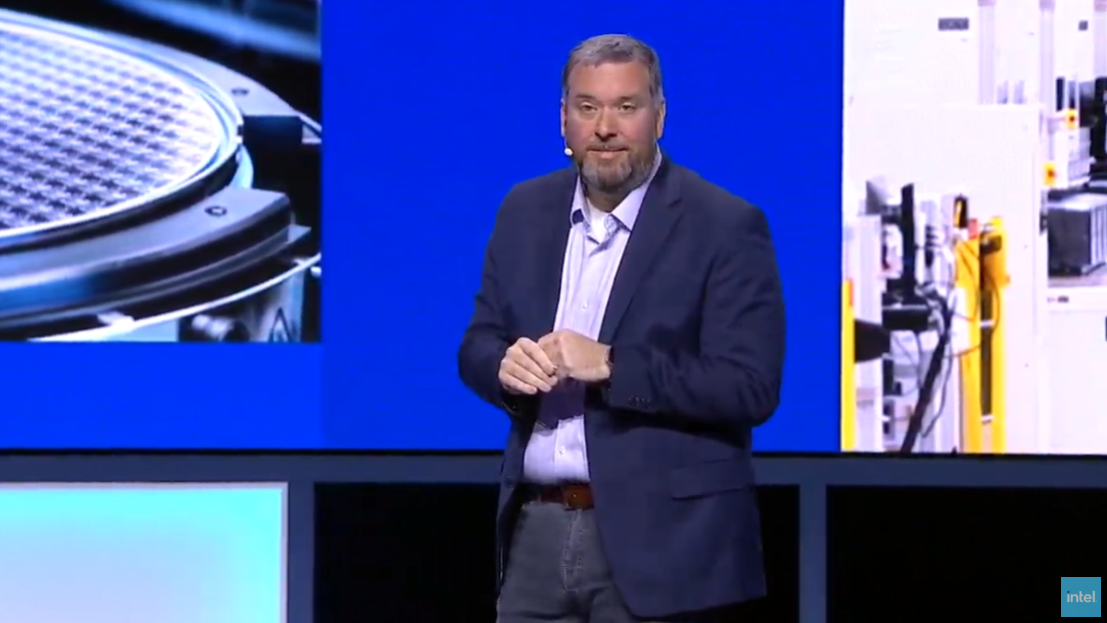

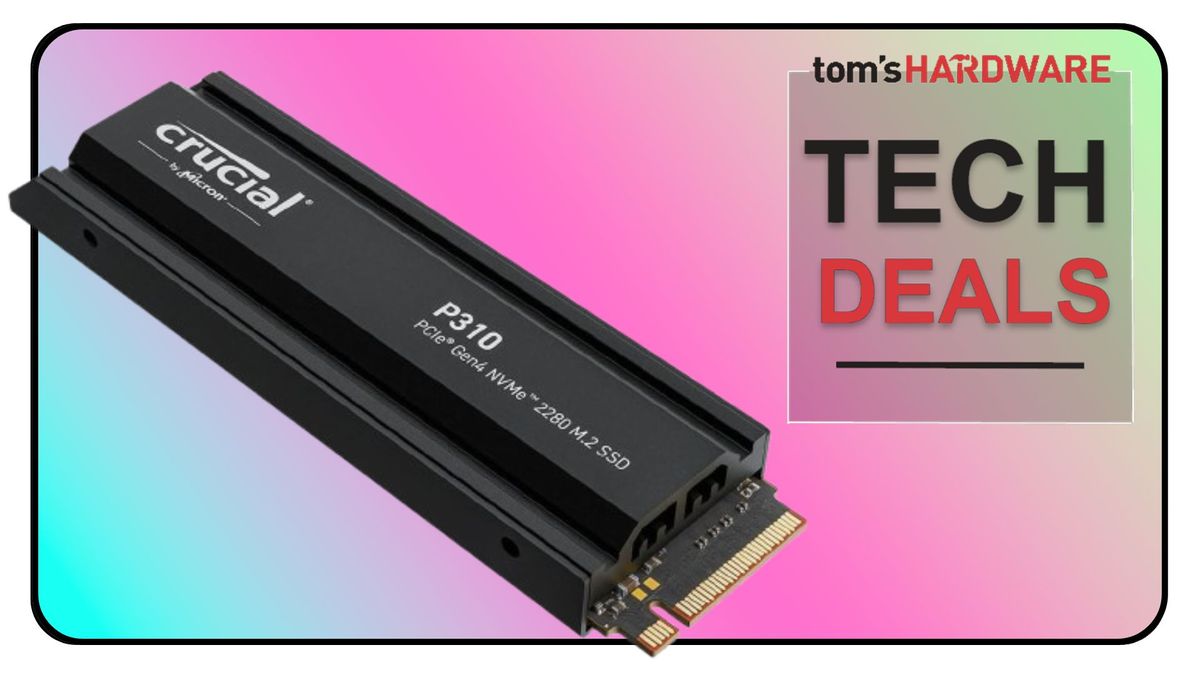

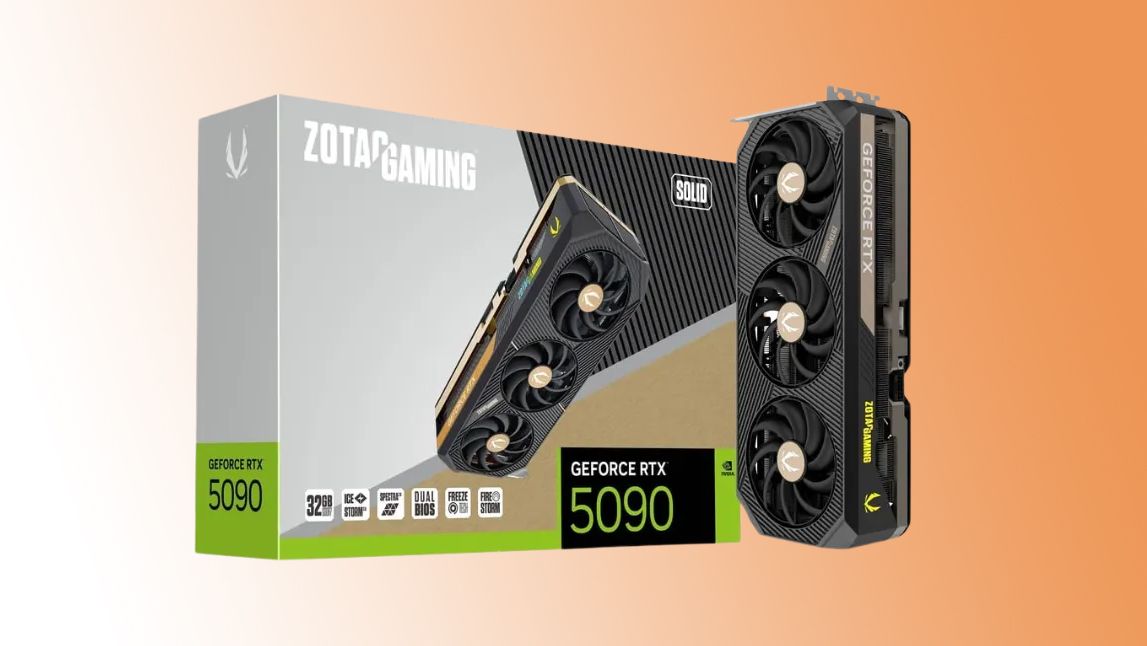


:quality(85):upscale()/2025/03/31/002/n/1922729/cf07533c67eb1f32df6752.13530732_.png)
